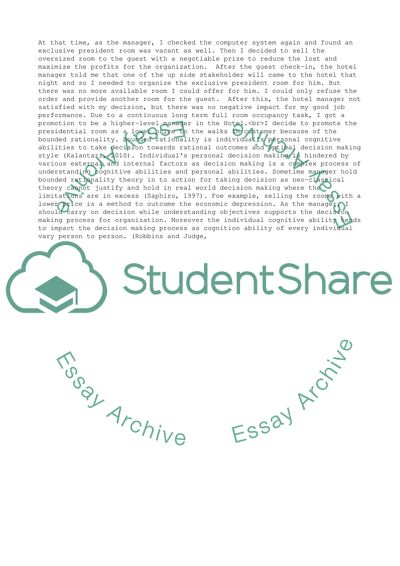Cite this document
(Case reflective anaysis for desicion making Essay - 1, n.d.)
Case reflective anaysis for desicion making Essay - 1. https://studentshare.org/management/1802995-case-reflective-anaysis-for-desicion-making
Case reflective anaysis for desicion making Essay - 1. https://studentshare.org/management/1802995-case-reflective-anaysis-for-desicion-making
(Case Reflective Anaysis for Desicion Making Essay - 1)
Case Reflective Anaysis for Desicion Making Essay - 1. https://studentshare.org/management/1802995-case-reflective-anaysis-for-desicion-making.
Case Reflective Anaysis for Desicion Making Essay - 1. https://studentshare.org/management/1802995-case-reflective-anaysis-for-desicion-making.
“Case Reflective Anaysis for Desicion Making Essay - 1”. https://studentshare.org/management/1802995-case-reflective-anaysis-for-desicion-making.


